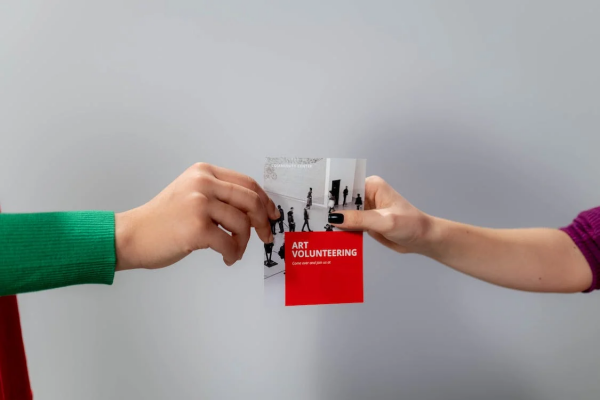The Power of Flyers: A Comprehensive Guide

Flyers have been around for centuries, and they continue to be an effective marketing tool for businesses, organizations, and individuals. In this digital age, you might think that printed materials are no longer relevant. However, flyers are still an essential part of many successful marketing campaigns, and they are easy to make with the Vista Create flyer maker online.
This comprehensive guide will explain what flyers are and who they can be useful for. Plus, we will provide some tips for designing and distributing them effectively.
What Are Flyers?
Flyers are single-page printed materials that are typically used to promote events, products, services, or ideas. They can be distributed by hand, mailed, or posted in public places like bulletin boards. They come in various sizes, from small postcards to full-page prints, depending on the intended purpose and audience.
Who Can Benefit from Using Flyers?
Flyers can be useful for a wide range of people and organizations, including:
-
Small businesses: Local businesses can use flyers to advertise sales, promotions, or new products and services.
-
Non-profit organizations: These ad materials are an affordable way for non-profits to raise awareness about their cause, promote fundraising events, or recruit volunteers.
-
Event organizers: Whether you're organizing a concert, conference, or community event, flyers can help spread the word and drive attendance.
-
Freelancers and professionals: Self-employed individuals can use them to promote their services and attract new clients.
-
Political candidates: Flyers can be an effective way for political candidates to introduce themselves to voters, share their platform, and encourage voter turnout.
-
Artists and performers: They can be used to promote art exhibitions, theater performances, or other creative events.

Tips for Designing Effective Flyers
A well-designed flyer can make all the difference in capturing your audience's attention and inspiring them to take action. Here are some tips to keep in mind when designing your flyer:
-
Keep it simple: Avoid cluttering your flyer with too much information or overly complex visuals. Instead, focus on conveying your message clearly and concisely.
-
Use eye-catching visuals: A striking image or bold typography can help your flyer stand out from the crowd. Make sure any images you use are high-quality and relevant to your message.
-
Include a clear call-to-action: Tell your audience exactly what you want them to do, whether it's attending an event, making a purchase, or signing up for a newsletter. Make your call to action prominent and easy to understand.
-
Choose the right size: Consider the intended purpose and distribution method of your flyer when selecting a size. Smaller flyers may be more cost-effective and easier to distribute, while larger designs can make a bigger visual impact.
-
Proofread and edit: Before printing your flyer, double-check for any spelling or grammatical errors, and ensure all the information is accurate and up-to-date.
How to Distribute Flyers Effectively
When it comes to distributing promotional materials effectively, it's essential to have a solid understanding of your target audience. This knowledge will enable you to determine the most appropriate distribution methods and locations. Once you have identified your target demographic, focus on high-traffic areas where they are likely to frequent. This could include shopping centers, public transportation hubs, or popular events that cater to their interests.
Timing is another crucial factor to consider when distributing your ads. Think about when your target audience is most likely to be receptive to your message. For example, if you're promoting a weekend event, it might be best to distribute the advertising on a Friday when people are making plans for their days off. By choosing the right time and place, you increase the chances of your ad being seen and acted upon by your intended audience.
In addition to considering the location and timing, tracking the results of your promotion campaign is essential for measuring its success. One way to do this is by including a unique promotional code or tracking URL on your designs. This strategy allows you to gauge the effectiveness of your materials and make informed decisions about future marketing efforts.
Lastly, always be respectful when distributing flyers. Ask permission before posting them in public spaces or on private property, and avoid littering or violating local regulations. By following these guidelines, you can ensure that your distribution is both effective and respectful of the communities you're targeting.
In conclusion, flyers remain a powerful marketing tool for businesses, organizations, and individuals alike. By following these tips for designing and distributing effective flyers, you can maximize their potential and reach your target audience with ease.